GUEST BLOGGER ALEXANDRA SIY
Background
Mosquito Bite was the first book I published with electron microscopist, Dennis Kunkel. The year was 2005, before “climate change” was a household phrase and global warming was regularly impacting weather worldwide with record temperatures and devastating storms. Mosquito Bite is still in print (Charlesbridge) and more relevant than ever.
It’s a picture book that tells two stories: one about a mosquito named Culex pipiens who is looking for a blood meal to nourish her developing eggs; the other shows a game of hide-and-seek played by four children on a warm summer evening. In the end, it’s a life and death moment for the mosquito, and an annoying itch for the boy.

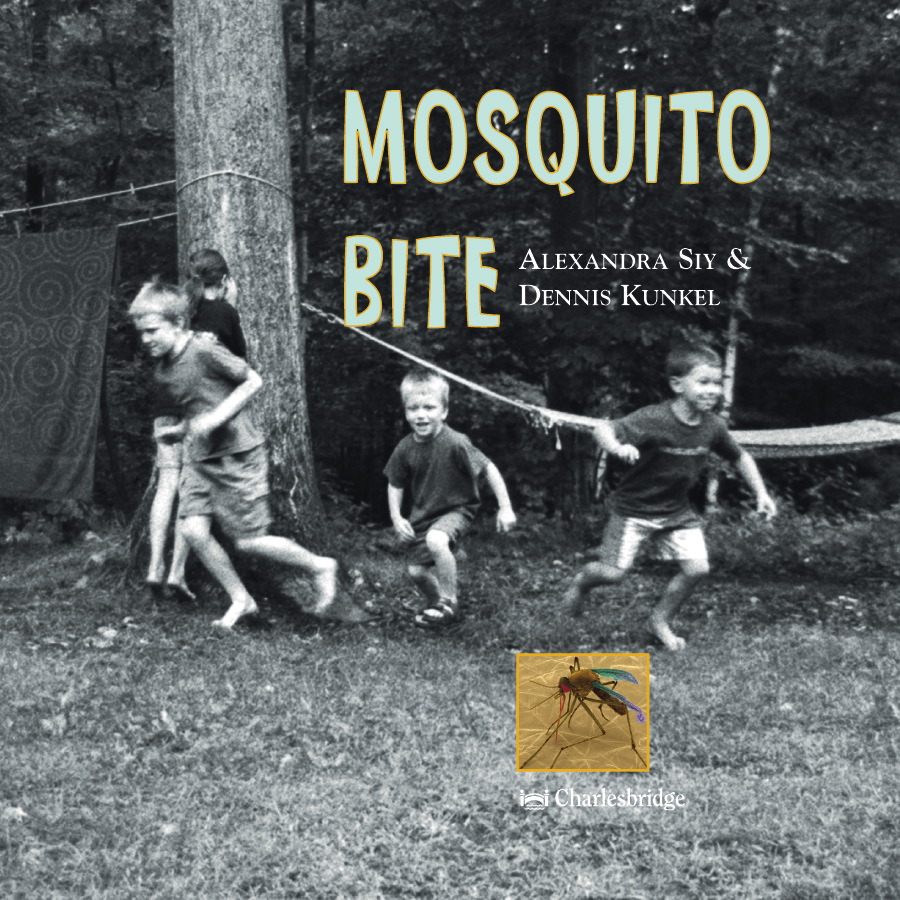
But now, as the world warms, there are new threats to humans from diseases carried by insects and other animals as their ranges expand. In these activities, children read Mosquito Bite from different perspectives and explore the cross-cutting concepts integral to the Next Generation Science Standards.
Grades 1-3: Scale, proportion, and quantity
In this activity students compare the images in the book with what they can see with a magnifying glass.
Materials
magnifying glasses or loupes; colored pencils or medium tipped markers; white index cards
Procedure
- Read the book aloud with students and discuss (project images from the book to the Smartboard):
- Why do you think the authors showed the children’s game of hide-and-seek in black-and-white to contrast with the color microscopic images?
- Which two characters in the story are looking for the boy?
- How is the children’s hide-and-seek game both similar and different from what the mosquito is doing?
- The “x” symbol in front of each number in the captions is the magnification. What is the magnification of the blade of grass? the mosquito wing? etc..
- Ask the class to make a list of things shown in the book that students can see with a magnifying glass: blade of grass (page 3); flower petal (page 5); their skin and hair (page 19); cotton T-shirt (page 25)
- Students draw magnified pictures on index cards. They write the magnification (x5) on the card and then draw to scale what they see. Drawing to scale means they draw exactly what they see and fill the entire card.
- Students compare and contrast the cards with the images in the book and with each other’s drawings.
- Use this activity as an introduction to the Private-Eye-Project which sells magnifiers and curriculum.
Grades 4-5: Structure and function
In this activity students explore the microscopic structures shown in the book and construct analogies based on their observations.
Materials
writing and drawing supplies; Private-Eye-Project handout
Procedure
- Read the book aloud with students and discuss the insect body plan. Compare the magnification of different structures based on the information shown. Some images are magnified more than others, but we can see the relative size of the different structures when looking at the full body picture of the mosquito on page 6.
- Project an image of a structure to the Smartboard (wing, antennae, eye, egg case, proboscis, etc.) Ask students to answer the question: What does this structure look like? It is important that they do not write down what the structure is or what it does. Instead, they are creating analogies based solely on observation. Scientists and writers use analogies to understand and explain ideas. Students should write as many analogies as they can think of and then use these phrases to create a poem (more details and ideas for how to implement this activity can be found at http://www.the-private-eye.com/index.html
- Students share their poem in small group discussions during which they try to guess what picture the poem is based on. Students discuss how form is related to function. For example, the egg case looks like a jar with a cap on top. This form is perfect for containing the tiny larvae inside and opens when it’s time for the larvae to hatch.
- Explore more with the Private-Eye-Project which provides magnifiers and curriculum worksheets
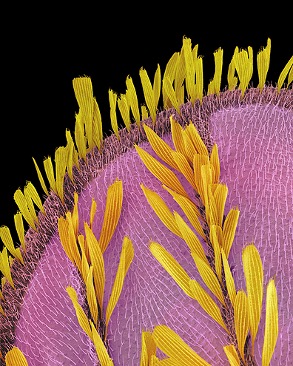
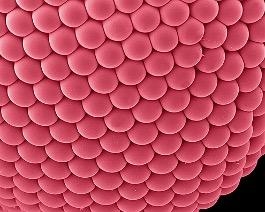
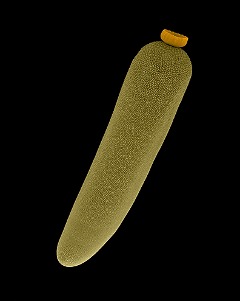
Grades 6 and up: Stability and change
In this activity, older students explore how changing climate affects the range of mosquitos and the dangers posed by disease.
Materials
handout of a world map; writing and drawing materials; computers (online research); poster paper
Procedure
- Students read the book, including More About Mosquitos on pages 28-29.
- Students use the information in the book and conduct online research to identify diseases that are spread by mosquitos and the environmental conditions that promote their spread.
- Students create a map showing where the diseases threaten human populations based on temperature profiles and environmental conditions.
- Students choose one mosquito borne disease to study and create a poster about its natural history and what people can do to protect themselves. Some possible resources include:
- Explainer: How climate change is amplifying mosquito-borne diseases
- WHO Warns Climate Change Causing Surge in Mosquito-Borne Diseases
- Mosquitoes Are a Growing Health Threat, Reversing Years of Progress (NYT subscription required)
- Mosquito-borne diseases and climate change
- The mosquito era: As the world warms, these insects are thriving – and bringing disease
- Study: Disease-Carrying Mosquitoes May Be Becoming More Unpredictable
(Supplemental information is available on the author’s website.)
Alexandra Siy is the award-winning author and photographer of many books for young readers. Her work fuses science writing, primary source scientific imagery, and humor to reveal worlds where spiders are superheroes, a sneeze is a microsecond adventure through the body, and the interstellar age is now. An experienced educator, Alexandra has visited dozens of schools and libraries nationwide to share her passion for science, literature, and photography with students of all ages. She is the co-creator of www.nonfictionminute.org a blog featuring posts by 30 award-winning children’s authors. In addition to writing, Alexandra currently teaches science to ELL high school students at The Albany International Center, and serves as a manuscript reviewer for the NSTA journal, The Science Teacher. She lives in New York’s Hudson River Valley with her youngest son and their cat. Please visit her at www.alexandrasiy.com.


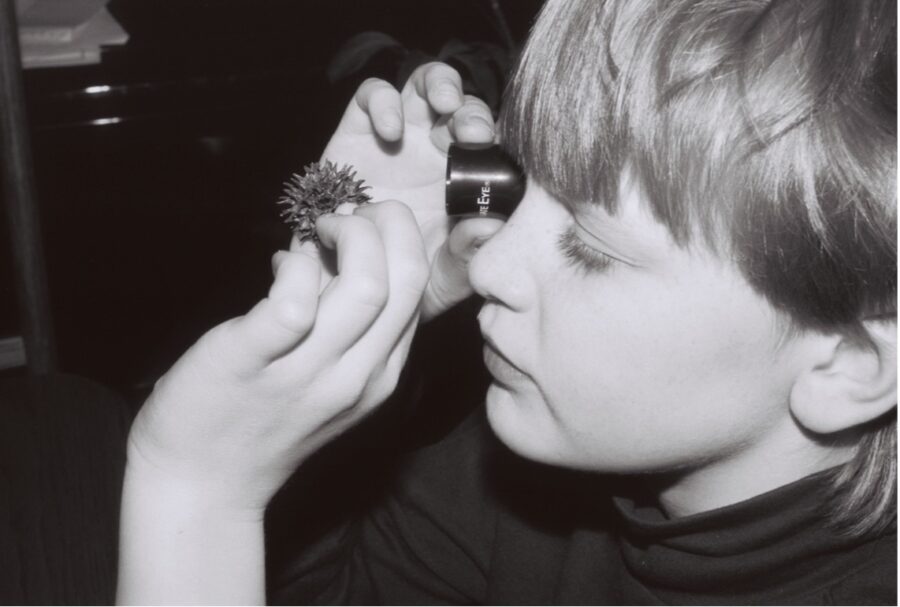


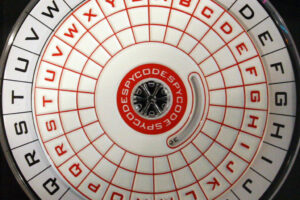
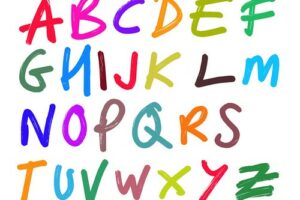
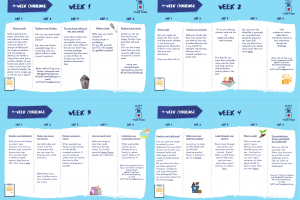


Leave a Reply
Your email is safe with me.